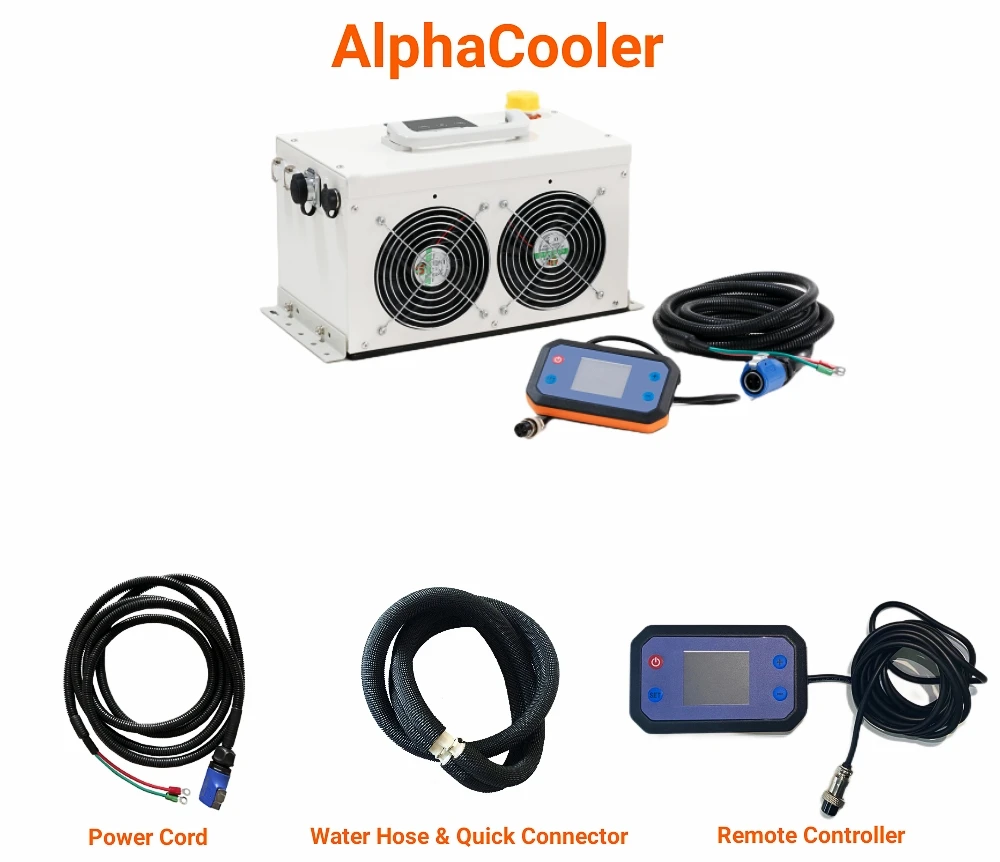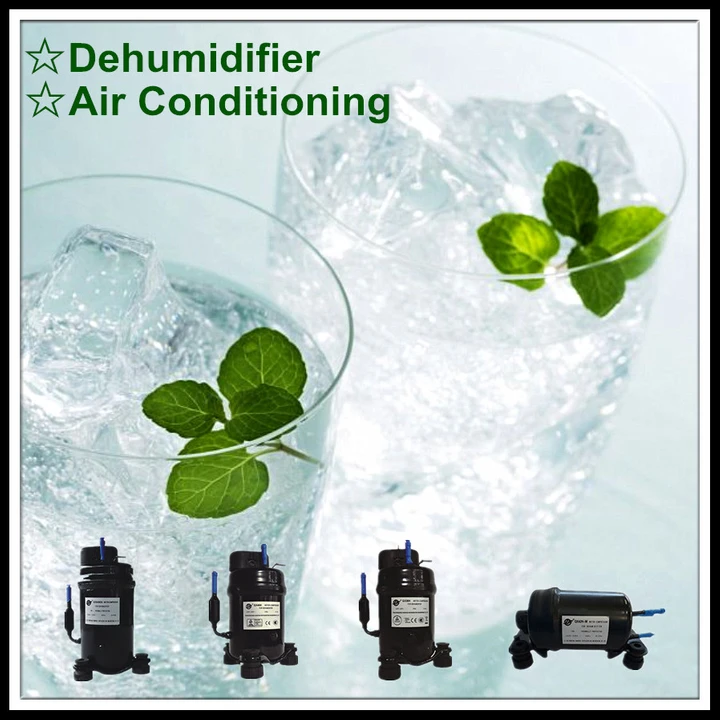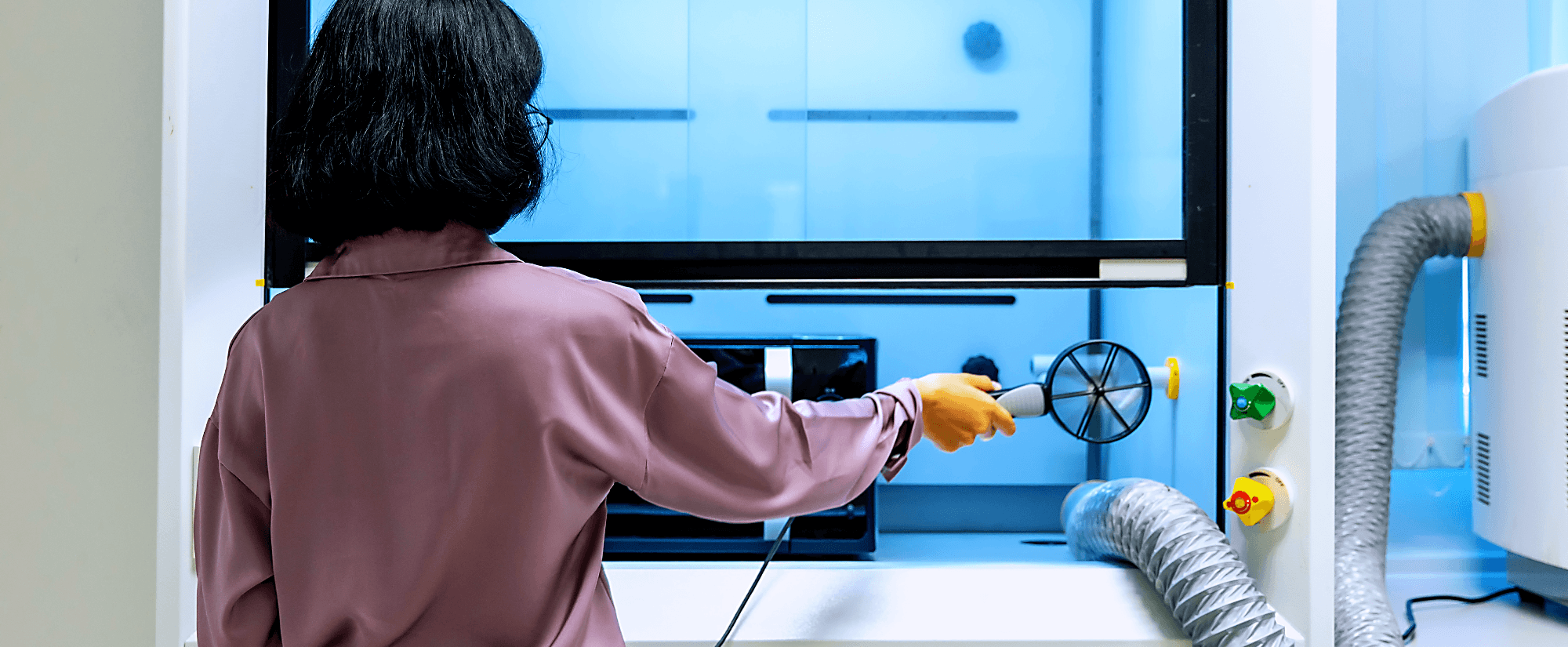Introduction

"RIGID is a miniature refrigerated compressor innovation leader in China. We keep looking for novel solutions in compact and portable cooling systems. We capture new technologies in mobile and compact cooling systems."
Are you wondering, Is there a way to reset a portable air conditioner? If your portable AC is not blowing cold air, it may be time for a reset. Understanding how to reset a portable air conditioner is crucial for maintaining its optimal performance. Common issues like power fluctuations or clogged filters can often be resolved with a simple restart. In this guide, we'll explore the manual restart process and factory resetting options for your portable air conditioner, as well as provide an overview of RIGID's carry-on portable air conditioner.
Understanding the need to reset your portable air conditioner
When your portable air conditioner fails to blow cold air, it can be frustrating and uncomfortable. Knowing how to reset it can save you time and money on unnecessary repairs or replacements. By understanding the common issues that may require a reset, such as power source problems or temperature settings, you can troubleshoot effectively.
Common issues when portable air conditioner needs a reset
Portable air conditioners may stop blowing cold air due to various reasons, including clogged filters, low refrigerant levels, or faulty components. Learning how to identify these issues and perform a manual restart can help restore your unit's cooling capabilities without professional intervention.
RIGID's carry-on portable air conditioner overview
RIGID's carry-on portable air conditioner offers a powerful cooling capacity in an ultra-compact and lightweight design. With applications ranging from motorhomes and camping tents to medical and military cooling needs, this innovative solution provides hassle-free cooling in diverse environments.
Now that we've covered the importance of resetting your portable AC and introduced RIGID's innovative solution, let's delve into quick troubleshooting steps for common issues before exploring manual restart processes and factory resetting options.
Quick Troubleshooting Steps

When faced with the question Is there a way to reset a portable air conditioner? it's important to start with some quick troubleshooting steps. First, check the power source and settings to ensure the unit is receiving adequate power and that the settings are configured correctly for cooling. Next, inspect the air filter for any dirt or debris that may be obstructing airflow, causing the portable air conditioner not to blow cold air. Finally, verify the temperature settings to make sure they are adjusted for maximum cooling efficiency.
Checking power source and settings
To check the power source, make sure the portable air conditioner is plugged into a functioning outlet and that any extension cords or power strips are also operational. Additionally, verify that the unit is set to 'cool' mode and that the temperature setting is at an appropriate level for cooling.
Once you have confirmed the power source and settings, it's important to inspect the air filter to ensure optimal performance. Start by locating the air filter, which is usually found behind the front grille of the unit. Remove the filter and check for any dust, dirt, or debris that may be blocking airflow. If necessary, gently clean or replace the filter to maintain efficient cooling.
Inspecting the air filter
The air filter in a portable air conditioner can become clogged with dust and debris over time, hindering airflow and causing reduced cooling performance. To inspect it, simply remove the filter from its housing and visually inspect it for any buildup of dirt or dust. If necessary, clean or replace the filter according to manufacturer guidelines.
After inspecting the air filter, it's important to verify the temperature settings on the portable air conditioner. Ensure that the temperature is set to a comfortable level for your space and that the unit is not working harder than necessary. Adjusting the temperature settings can help improve energy efficiency and overall cooling performance. Additionally, make sure that there are no obstructions around the unit that could be affecting its ability to cool effectively.
Verifying the temperature settings
When wondering how to reset a portable air conditioner, it's essential to ensure that the temperature settings are correctly adjusted for optimal cooling performance. Check that the thermostat is set to a lower temperature than the current room temperature and that any additional cooling modes or fan speeds are appropriately selected.
After ensuring that the temperature settings are correctly adjusted, it's important to also check for any obstructions around the air conditioner that may be affecting its performance. Clear away any furniture, curtains, or other items that may be blocking the airflow and hindering the unit's ability to cool the room effectively. Additionally, make sure that the air filter is clean and free of dust and debris, as a clogged filter can significantly reduce the air conditioner's efficiency.
Manual Restart Process

When your portable air conditioner is not blowing cold air, a manual restart may be necessary. To begin the process, ensure that the unit is turned off and then unplug it from the power source. This step is crucial in allowing the internal components to reset and recalibrate. After a few minutes, plug the unit back in and turn it on to see if the issue has been resolved.
Turning off and unplugging the unit
To start the manual restart process, locate the power button on your portable air conditioner and switch it off. Once turned off, gently unplug the unit from its power source to ensure a complete reset. This step allows any internal issues or malfunctions to be cleared out before restarting the unit.
After turning off and unplugging the unit, it's important to allow the portable air conditioner to sit for a few minutes. This step gives the internal components of the unit a chance to fully discharge any residual power and reset themselves. By giving it a brief break, you're ensuring that the system has time to recalibrate before being restarted.
Allowing the unit to sit for a few minutes
After turning off and unplugging your portable air conditioner, it's essential to allow it to sit for a few minutes before proceeding with restarting it. This waiting period gives ample time for any residual electricity within the system to dissipate fully, ensuring a clean restart when you plug it back in.
Plugging the unit back in and turning it on
Once you've allowed your portable air conditioner to sit for a few minutes, plug it back into its power source and turn it on again. By doing so, you're initiating a manual restart that can often resolve minor issues causing your portable air conditioner not to blow cold air.
After plugging the unit back in and turning it on, it's important to give your portable air conditioner some time to reset and recalibrate. This manual restart can often clear out any temporary glitches or malfunctions that were causing the unit not to blow cold air. By allowing the air conditioner to power down and then start up again, you're giving it a chance to refresh and start anew, hopefully resolving the issue without any further intervention.
Factory Resetting the Air Conditioner

When your portable air conditioner is not blowing cold air and troubleshooting steps have not resolved the issue, a factory reset may be necessary. To begin this process, you will first need to locate the reset button or switch on your unit. This button is typically found on the control panel or near the power cord. Once located, press and hold the reset button for at least 3-5 seconds to initiate the factory reset.
Locating the reset button or switch
The reset button or switch on a portable air conditioner is usually labeled as such and can be found near the power cord or control panel of the unit. It may be small and recessed to prevent accidental activation, so take care when searching for it. Refer to your user manual if you are having trouble locating it, as its placement can vary depending on the model of your portable air conditioner.
If you are still unable to locate the reset button or switch, try checking the back or bottom of the unit as well. Sometimes, manufacturers place the reset button in less obvious locations to prevent accidental activation. Additionally, if you are having trouble finding it, consider reaching out to the manufacturer's customer support for assistance. They may be able to provide specific instructions for your model of portable air conditioner.
Pressing and holding the reset button
Once you have located the reset button, press and hold it for at least 3-5 seconds. You may need to use a small tool such as a pen or paperclip to reach it if it is recessed. Keep holding down the button until you see some indication that the unit has been successfully reset, such as lights flashing or an audible beep. After the unit has been reset, you can release the button and allow the device to restart. It's important to give the device enough time to fully reboot and come back online before attempting to use it again. Once the unit has restarted, you can proceed with setting it up or using it as needed.
Allowing the unit to reset and restart
After holding down the reset button for several seconds, release it and allow your portable air conditioner to go through its resetting process. This may take a few minutes, during which time you should avoid adjusting any settings on the unit. Once complete, turn your air conditioner back on and test whether it is now blowing cold air effectively.
After allowing your portable air conditioner to reset and restart, it's important to give it some time to recalibrate and get back into its cooling groove. Avoid the temptation to fiddle with any settings during this process, as it could disrupt the unit's efforts to reset. Once the resetting process is complete, you can then turn your air conditioner back on and assess whether it is now effectively blowing cold air.
Additional Tips and Tricks

Maintaining regular cleaning and maintenance
Regular cleaning and maintenance of your portable air conditioner is crucial to ensure optimal performance. Clean the air filter every two weeks to prevent dust and debris from clogging the unit, which can hinder airflow and cooling efficiency. Additionally, check the condenser coils for dirt buildup and use a soft brush or vacuum to remove any accumulated debris. By keeping your portable air conditioner clean, you can extend its lifespan and maintain its cooling capacity.
Ensuring proper ventilation and airflow
Proper ventilation and airflow are essential for the effective operation of your portable air conditioner. Ensure that the exhaust hose is unobstructed and has a clear path to expel hot air outside. Position the unit in a location with adequate space around it to allow for proper airflow circulation. By optimizing ventilation and airflow, you can maximize the cooling performance of your portable air conditioner.
Considering professional servicing if issues persist
If you have followed all troubleshooting steps and reset procedures but your portable air conditioner still fails to blow cold air, it may be time to consider professional servicing. Contact RIGID's authorized service center for expert diagnosis and repair of any underlying issues with your portable air conditioner. Professional technicians have the knowledge and tools to identify complex problems that may be affecting your unit's performance, ensuring that it continues to deliver reliable cooling when you need it most.
Conclusion

After following the manual restart process or factory resetting the air conditioner, it's important to test the effectiveness of the reset. Turn on your portable air conditioner and check if it is blowing cold air again. If not, consider seeking professional servicing to address any underlying issues causing the lack of cooling.
Testing the effectiveness of the reset
If you're wondering, Is there a way to reset a portable air conditioner? The answer is yes! By following the steps outlined in this guide, you can effectively reset your portable air conditioner and restore its cooling functionality. Remember to verify that your unit is blowing cold air after completing the reset process.
Enjoying the cool, refreshing air again
Now that you've successfully reset your portable air conditioner, you can once again enjoy the cool and refreshing air it provides. Whether you're using it in a motorhome, trailer, camping tent, or any other application, RIGID's carry-on portable air conditioner ensures that you stay comfortable even in extreme heat conditions.
RIGID's carry-on portable air conditioner: the ultimate solution for portable cooling.
RIGID's carry-on portable air conditioner offers a powerful cooling capacity in an ultra-compact and lightweight design. Whether for personal cooling or specialized applications such as medical cooling or equipment cooling, this innovative solution provides hassle-free and efficient cooling wherever you need it.